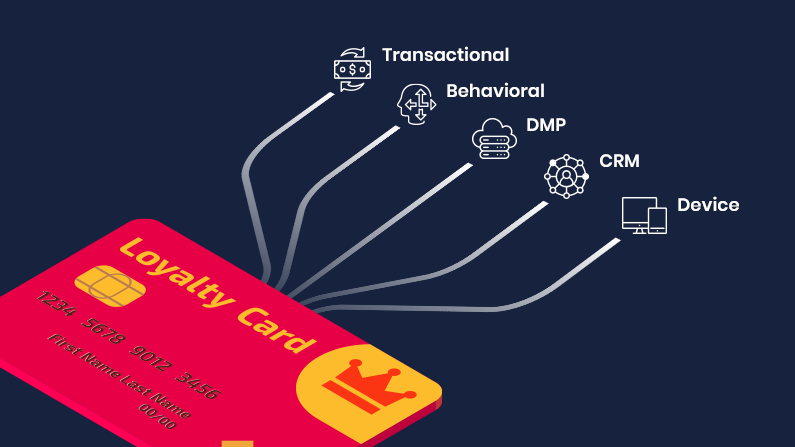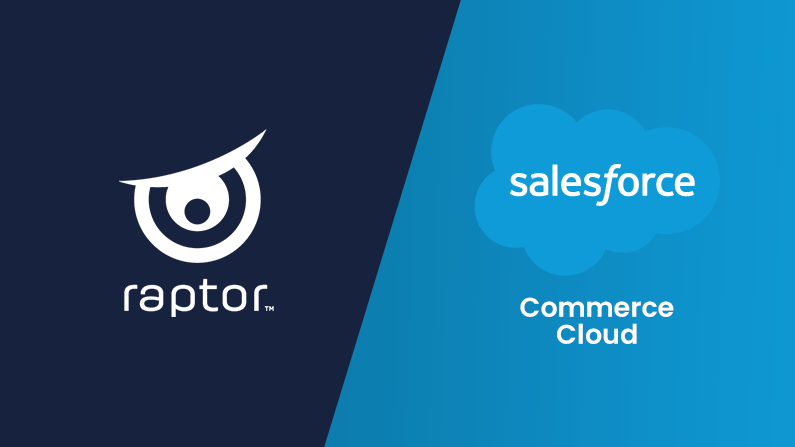Headless Commerce: What you need to know
Jun 08, 2021 | Customer Data Platform

If you have turned the other ear due the complicated matter of the business, this post will hopefully help you. We try to set the record straight about what a headless commerce system is – and the advantages connected to this popular IT-architecture.
Remember this going forward: Headless CMS is not for everybody.
Why a Headless Commerce solution?
In short, shopping is changing. A raging COVID-pandemic has quickly changed every step of your customers’ buying journey. As countries locked down and retailers were forced to close, global ecommerce businesses experienced a rise in retail sales, from 16 % to 19 % in 2020.
This, not only puts a pressure on businesses ability to expand their brand, but also creates a more urgent demand for a flexible and agile system. Such a system has to adapt to customers’ new touchpoints and a buyer’s journey that keeps getting more and more fragmented.
A system such as Headless Commerce.
What is Headless Commerce?
In a nutshell, a headless commerce solution is a separation of the customer-faced frontend and the backend layer. It is an architecture that allows each to operate independently so that changes on one end do not require reciprocal changes in the other end. Clever, right?
With a headless solution, background processes make data available to separate frontend applications. Background processes, including pricing, checkout, customer data etc., run invisibly, and the communication between the back and frontend is primarily handled through APIs.
The APIs work as the “glue” between the frontend and backend – and through which all information travels.
This way, the frontend (aka. the head) purely serves a presentational purpose which can have multiple channels and platforms connected, such as SMS, mail, POS, Social media channels, apps etc.

In a headless commerce structure, as the image below illustrates, the presentation layer is seperated from the eCommerce platform. However, APIs make it possible to stay connected and to provide solid and secure service.
So far so good.
However, you might already be wresling with the name of the concept: isn’t the head usually where the “brain” is located?” And is it then really a good idea to go without it?
Traditionally, (e)commerce software is built as a single, integrated application which allows for little to no flexibility in terms of making changes or testing new software.
It is known for being static and out-of-date when keeping up with the shifts in customer behavior and demands, not to mention the eternal shifts in the technological development.
According to the Gartner Industry Vision 2018, introducing API-based and a headless architecture is one of the most important initiatives for businesses today.
What are the advantages of Headless Commerce?
|
#1: Pick the best players
With headless commerce you trust that best-of-breed software providers are what builds the best customer experiences. With headless you have the flexibility to choose your providers and avoid “prepackaged” best-of-suite solutions that aren’t a fit for your brand. Imagine this: instead of having to build your commerce architecture from scratch, headless allows you to replace the windows, the roof or the carpet, if you decide alternative options, are a better match. |
#2: Improved Time to Market
With headless commerce, businesses can launch new fronts and experiences without losing momentum. This provides the best omnichannel experience for customers that will experience flow and synergy independent of where they connect with your brand. As you already know these interactions often take place outside the website – on mobile, social media, ads, instant messaging, in a live chat – you name it – and should occur seamless to the customer but generate valuable data to the business.
|
#3: Get future readyAs we pointed out in the beginning, headless is not for everyone, and there is a reason for that. Headless is neither easy to implement nor cheap. While there might be some of your current systems you can use, you still need to re-build your overall commerce architecture. That being said, brands and retailers will need a headless commerce if they want to grow their digital business in a time where customer journeys are increasingly fragmented and new touchpoint constantly emerge.
|
Headless Commerce and CDP
Using a headless solution, you are independent of software solutions and have the opportunity to use “best of breed” platforms specialized in their functions. One of these systems is a Customer Data Platform (CDP), specialized in connecting customer data from all sources in order to generate create a 360° single customer view.
With the flexibility to choose your systems, you need a platform that stores customer data across them all, and let’s to evolve the customer experience, now and in the future.
If you like – many other businesses – are migrating towards headless commerce consider how a CDP would fit as an aggregating and activation tool of all the systems, you choose.
What is a Customer Data Platform (CDP)?
Do you need help?Do you have any questions concerning headless commerce and how Raptor’s solutions work within this methodology? Reach out and let us have a chat. Contact Jeppe → |
Jeppe Godske OlsenDirector, Partner Management Phone: +45 12 34 56 78 |
Related Content
You might also like
For years, marketers have been promised “personalization at scale.” You’ve probably heard it...
Learn More
No reason to sugarcoat it. E-commerce is facing a lot of challenges right now. Chinese giants like...
Learn More
It’s a name that’s impossible to ignore. No matter how hard you try. TEMU. The Chinese giant has...
Learn More
Stakes are incredibly high in fashion. With a global market value of predicted to reach 1.2...
Learn More
Loyalty is key No matter what corner of e-commerce you’re in, everyone can agree on one thing:...
Learn More
Like lots of marketers, you may have been told to find a way to achieve the same (or maybe better!)...
Learn More
In 2020, Google decided to phase out third-party cookies, and they recently added a final nail to...
Learn More
When you work in ecommerce, you know the traffic during Black Friday is certainly higher than...
Learn More
Is your brand using Salesforce Commerce Cloud? And are you wondering what your options are in terms...
Learn More
In recent years, the role of the CMO has changed significantly. It’s much more than just planning...
Learn More
Let us show you what you can achieve with premium personalization


A Raptor expert can share more about the product and answer any questions you have.















